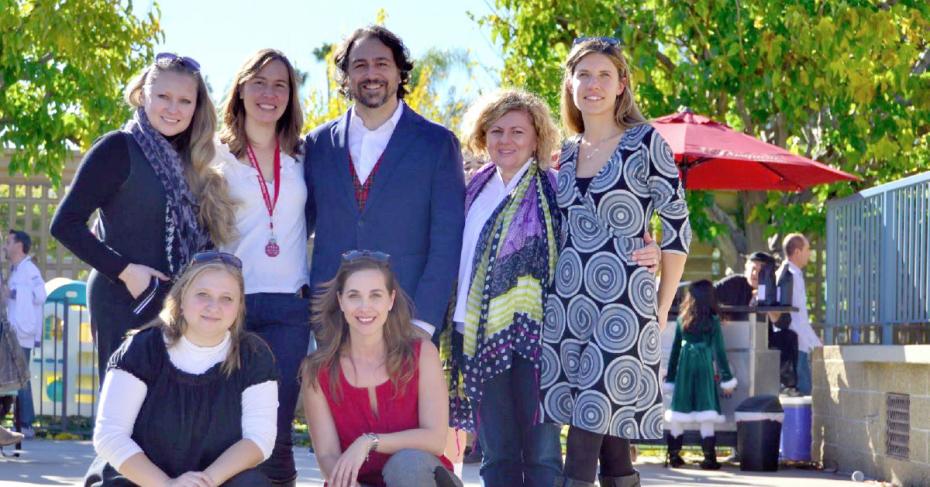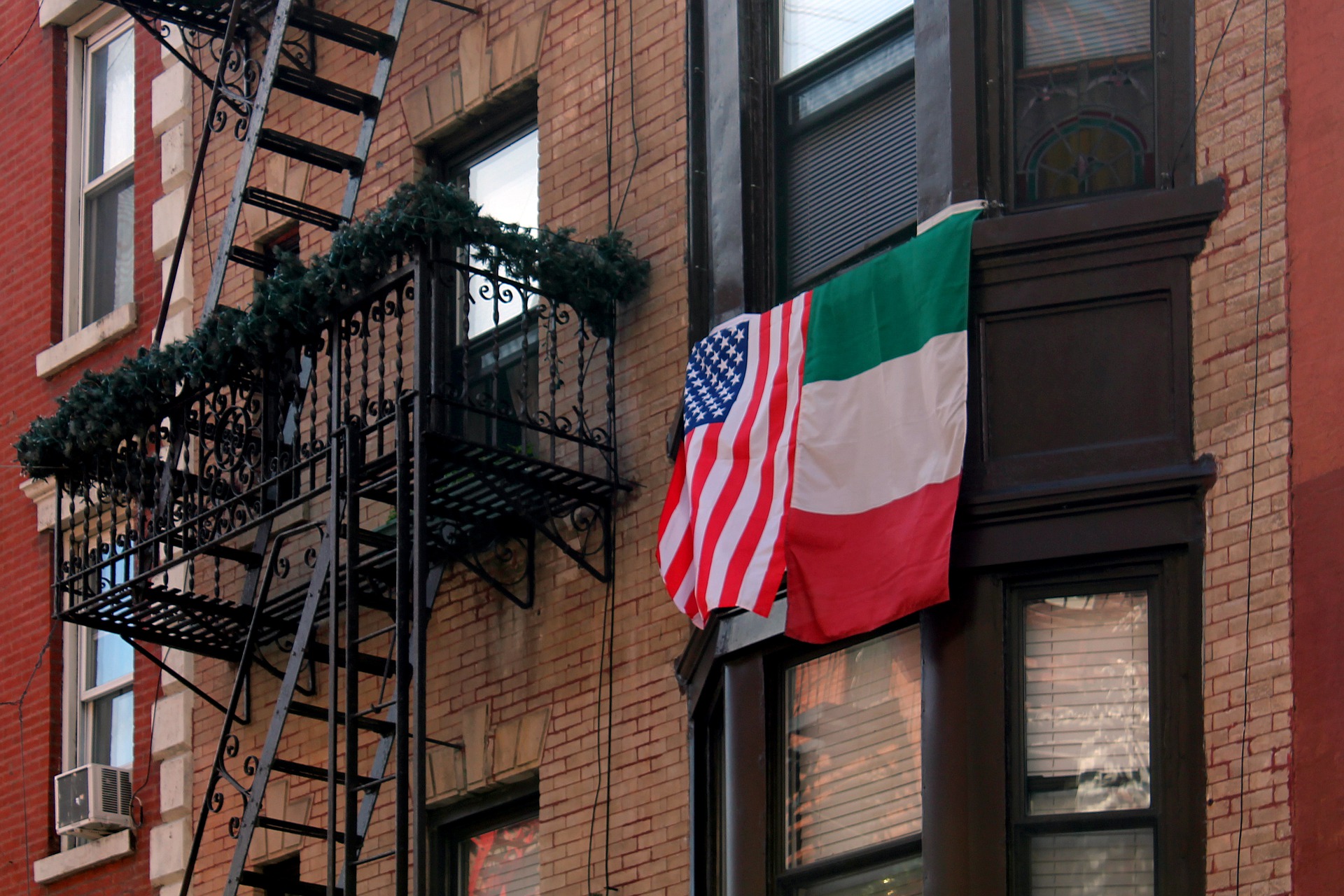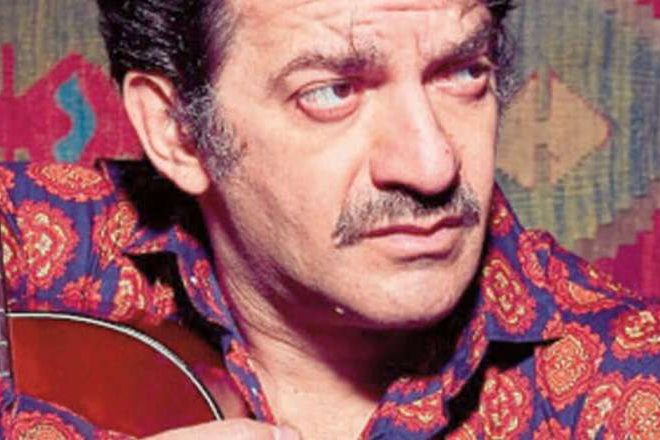Paolo Miliozzi grew up in Civitanova Marche, Adriatic seaport in Italian region of Marche.
Strangely enough, historically this area didn’t give birth to maritime explorers, as in the case of Venice, lapped by the same Adriatic Sea. Regardless, Civitanova Marche has a strong marine bond, as demonstrated by its annual “Feast of the Sea.”
During Paolo’s boyhood, one of his heroes was none other than Cristopher Columbus, the most famous Italian sailor and explorer of all times.
Upon receiving a fellowship to study microprocessors at the prestigious University of California, Berkeley, Miliozzi became the paladin of Italian language and culture in Southern California, serving as President of Fondazione Italia, since 2006.
It seems befitting, then, that on Columbus Day of 2007, Paolo Miliozzi was awarded with the “Heritage Award” from the Orange County American-Italian Renaissance Foundation (OCAIRF).
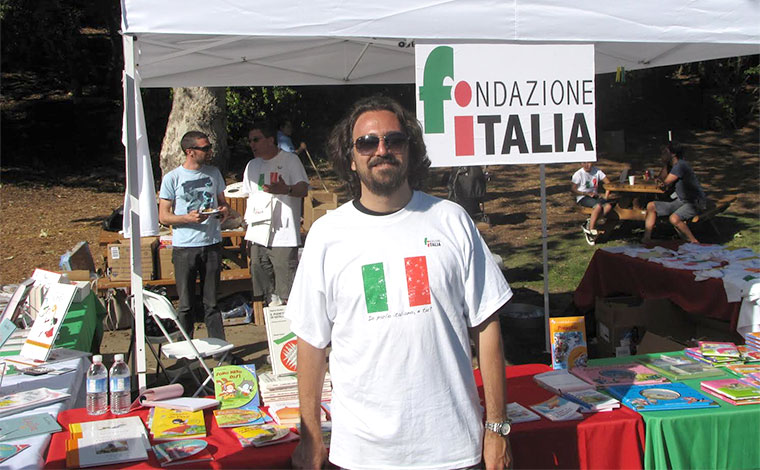
Please, introduce yourself. What is your cultural background (especially in terms of studies)?
I grew up in Civitanova Marche. From my early childhood, my bond with the sea has been very strong and I have been carrying it along, since.
Waking up in the morning and watching the offing of the sea – the “big blue brother” as the famous Italian song, Gente di Mare, describes it – has always inspired me to explore further.
Growing up, I discovered another big passion: volleyball. I played with my hometown club throughout my high school years, and I also participated in many beach volleyball tournaments.
My bent for math, physics and science has been evident since I was little, but, in my school years, I also developed a strong interest for poetry, literature, and art.
With so many Italian giants in each one of these disciplines, it has always been easy to find heroes. Leonardo, Dante, Michelangelo, Raffaello, Foscolo, Leopardi, D’Annunzio, Colombo are only a few of the greats who shaped my life and my interests.
After graduating at the top of my class in my hometown’s “Liceo Scientifico – Leonardo da Vinci”, I pursued Electronics Engineering, by enrolling in the University of Bologna.
Those were very formative years for me, since it was my first time living away from my family. I learned a lot, including how to cook, activity that has become one of my favorite hobbies. While living in Bologna, I developed lots of friendships that still go on today.
Bologna is a wonderful university town. I was lucky enough to be there during the celebrations of its Athenaeum’s 900th anniversary, and it was indeed a remarkable experience.
After graduating summa cum laude from the University of Bologna, with my thesis focused on microelectronics design, I enrolled in the PhD program with the same focus at the University of Padua, joining their research team.
After one year there, during which I also served the country as a Lieutenant in the Italian Air Force, I won a scholarship to spend two years as Graduate Research student at the University of California, Berkeley.
California represented my ideal home, for the combination of a great beach volleyball tradition across the shoreline of the Pacific Ocean, along with the top microelectronics design universities and companies in the world.
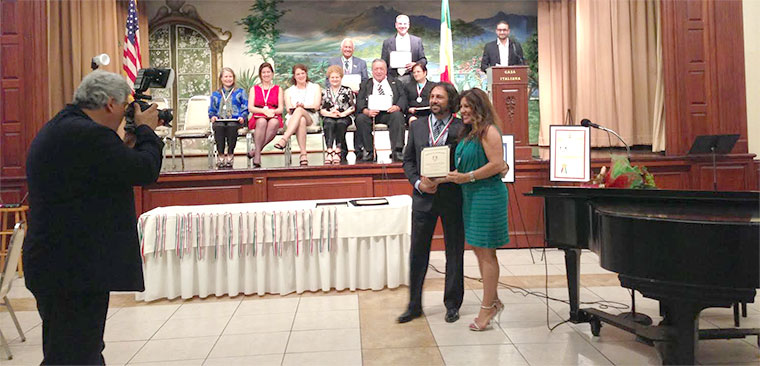
What was the focus of your research at the University of Berkeley, California and how was your experience there?
First and foremost it was a very humbling experience, being surrounded by so many brilliant professors and scholars, whose research had impacted so deeply various aspects of our lives.
Secondly, being able to meet fellow students from all over the world, opened up my horizons in a unbelievable way.
Last but not least, I met Ana who would become the love of my life and my lifetime companion.
My research focused on Integrated Circuit design for telecommunication devices. That was the time when the internet revolution was just starting and the first platforms to support the need for bandwidth were being devised.
Ana still makes fun of me for my clumsy attempts to explain to her, in my thick Italian accent, the difference between Analog and Digital design during one of our first dates. In retrospect, it’s amazing how we made it to the next…
Tell us more about your leadership position in the chip design company, MaxLinear?
In 2009 I joined MaxLinear, a company that specializes in the design of integrated circuits for telecommunications, like cable modems, cable and satellite receivers, etc.
In my role as Vice President of System-On-Chip Technology, my organization is responsible for devising the best process technologies to be applied to our devices, for developing the necessary technological infrastructure to enable circuit design, and finally for the physical implementation of our products.
How did you get involved with Fondazione Italia? Science and language/humanities are usually fields that don’t marry together. What do you like about teaching Italian language?
Ever since I moved to the US, my connection to everything Italian has remained very strong. I am proud of my heritage and all the contributions Italians have made and continue to make, in lots of different fields.
After our daughter Monica was born, we realized that she should be able to speak Italian fluently, not only in order to communicate with her grandparents, relatives, and future cousins, but also to enjoy her Italian heritage as a native. Therefore we decided to look for kids’ Italian classes.
Unfortunately, we could not find any in Orange County. So my wife decided to get together with a few of our close Italian friends, who also had children of similar age. The “Saturday Italian School for kids” in OC, was born.
We then got in touch with Fondazione Italia, which already had an infrastructure for teaching Italian in Southern California, and decided to work together. At that point, I knew that my love for the Italian heritage had already become a major part of my life and I set out to a mission to help other families to achieve this same goal.
The non-profit nature of Fondazione Italia was in line with my objectives and therefore decided to join the Board. In a few months the previous president, Alessandro Laguercia, decided to retire after a very long term of service, and I was offered the position.
You’ve been serving as President of the foundation, since 2006. What are the most remarkable goals you contributed to reach in these eleven years? And what were the biggest challenges you faced?
It’s amazing how so many years have already gone by. The most remarkable goal we have reached, throughout the years, has been to strengthen the Fondazione Italia brand, which lots of people now recognize as the premier non-profit organization for the teaching of Italian in Southern California.
This has been a collective effort by our numerous members who have donated infinite hours to the cause. I would like to recognize here a few of them: our Vice-President and Secretary, Betti Engler, our Treasurer, Giulio Maresca, our Executive Director, Hilary Stern, our Program Director Genny Nevoso, and the rest of the Board, Teresa D’Agostaro, Louis DiCenzo, Duccio Mortillaro. Moreover, I would like to also recognize our advisors: Prof. Elissa Tognozzi (UCLA), and Prof. Simona Montanari (CSULA).
In a few years the Saturday Italian school of OC grew from one class of about 10 students to plenty of classes for both kids and adults, reaching a peak enrollment of about 90 students.
The biggest reward, brought about by this growth, has been the gratitude from lots of families, which – in their common love for the Italian language – gravitated towards the school and would have not known each other otherwise.
Moreover, we have introduced various Italian traditions, such as the celebration of Carnevale, as well as Christmas with the presence of Babbo Natale and Befana and so on.
On a personal level, the biggest reward came from my son Christian, when he was 5. We were in Civitanova, visiting my family during our summer vacation, and he was attending a summer camp. He told one of the teachers, with no accent, that he was from Civitanova, but he had been living in Los Angeles for the last 5 years.
Fondazione Italia plays also the institutional role of managing funds, contributed by the Italian government towards the teaching of the Italian language in American schools. Our biggest accomplishment in this area has been the initiation and support of the full-immersion program that is now at its seventh year at the Benjamin Franklin Elementary in Glendale.
The main issue we have faced throughout the years, has been to find the appropriate facilities for our Saturday school, in order to keep the cost of the classes at a level in line with the spirit of a non-profit.
